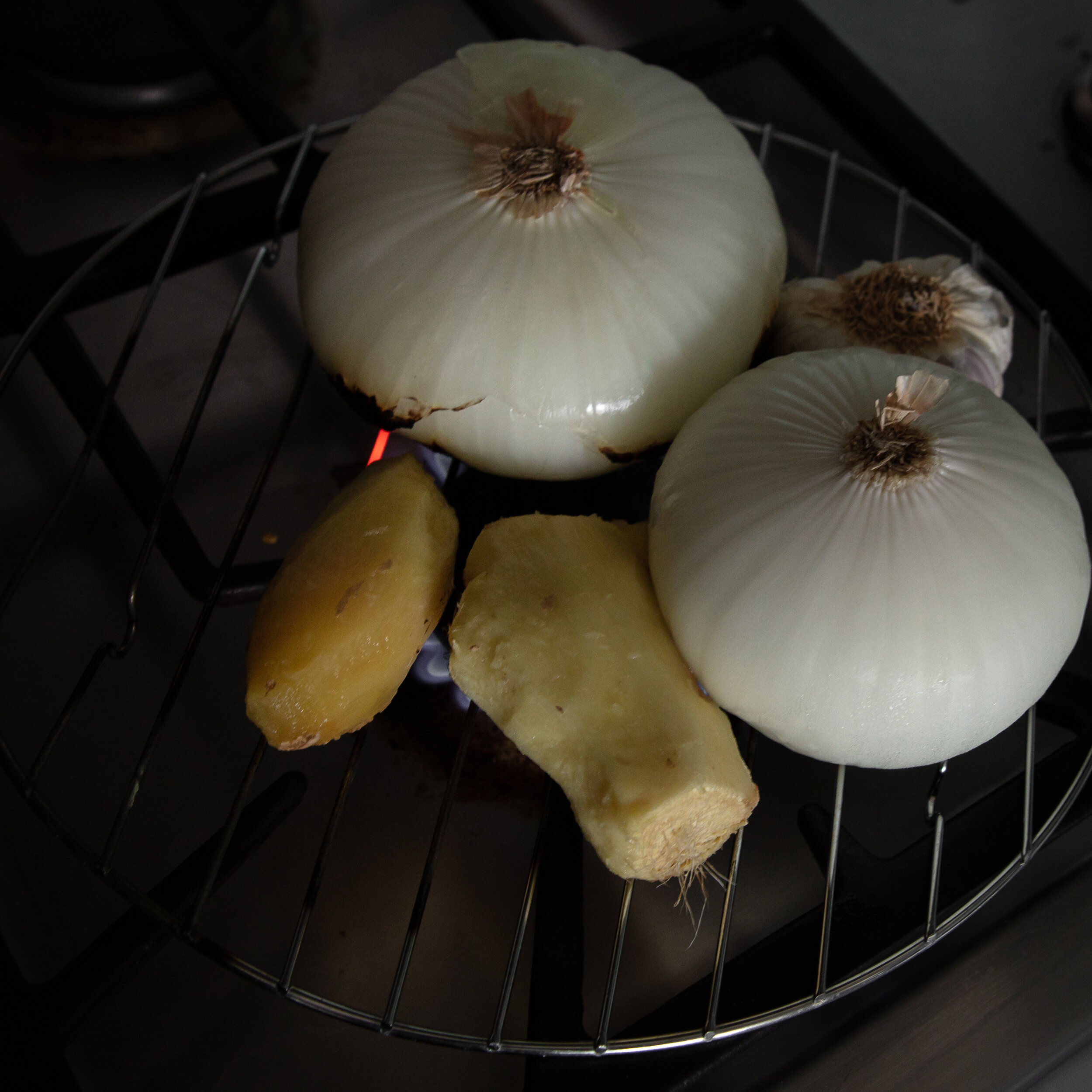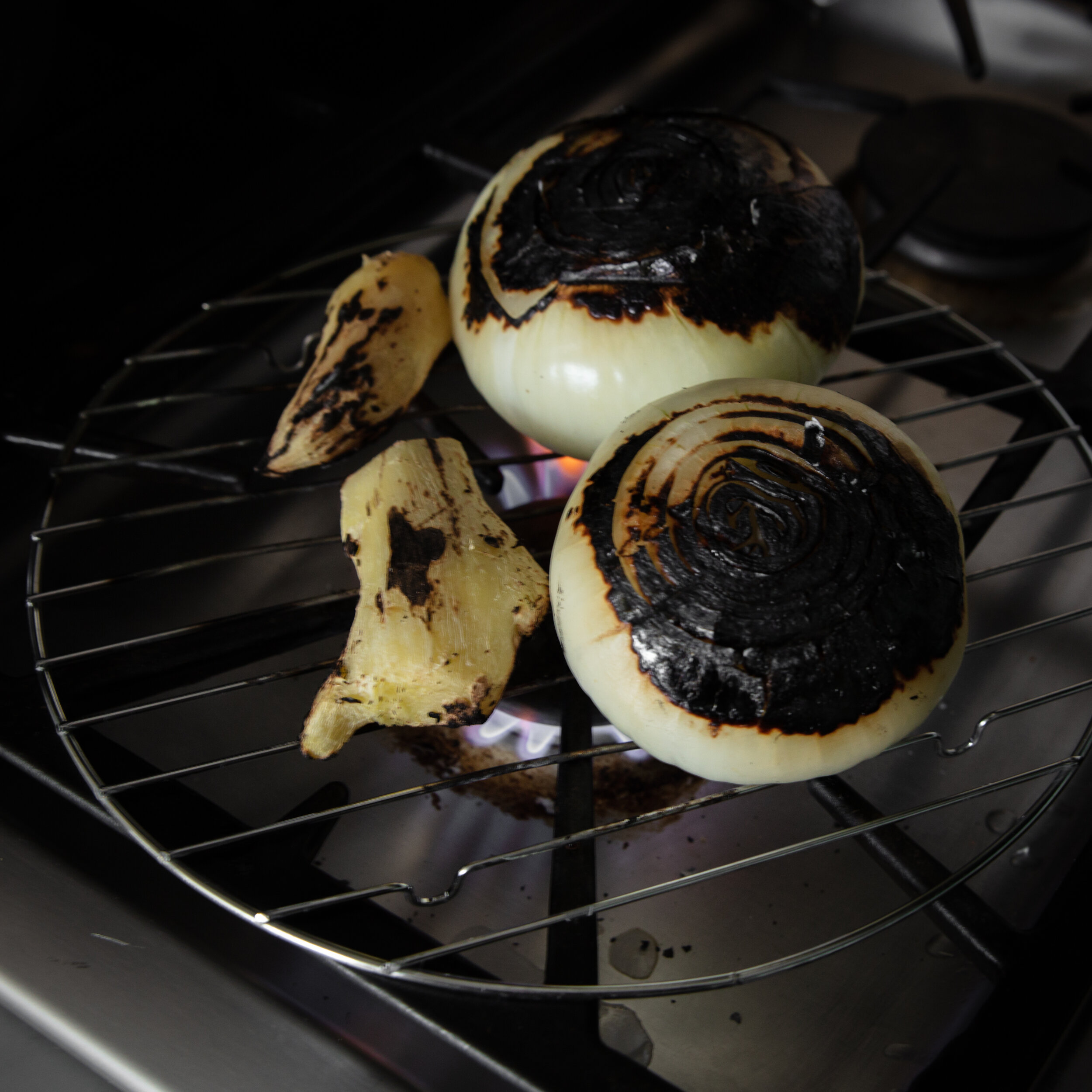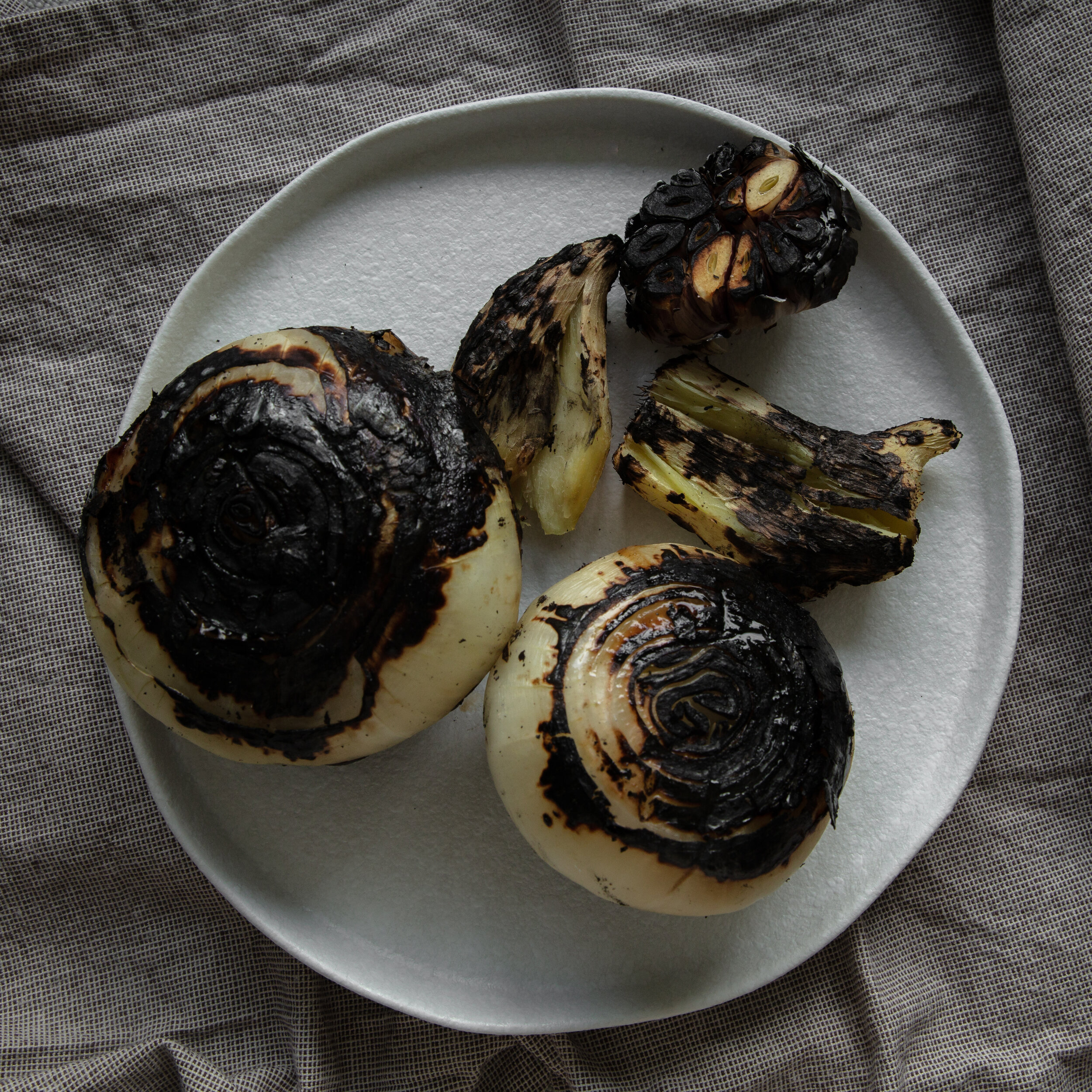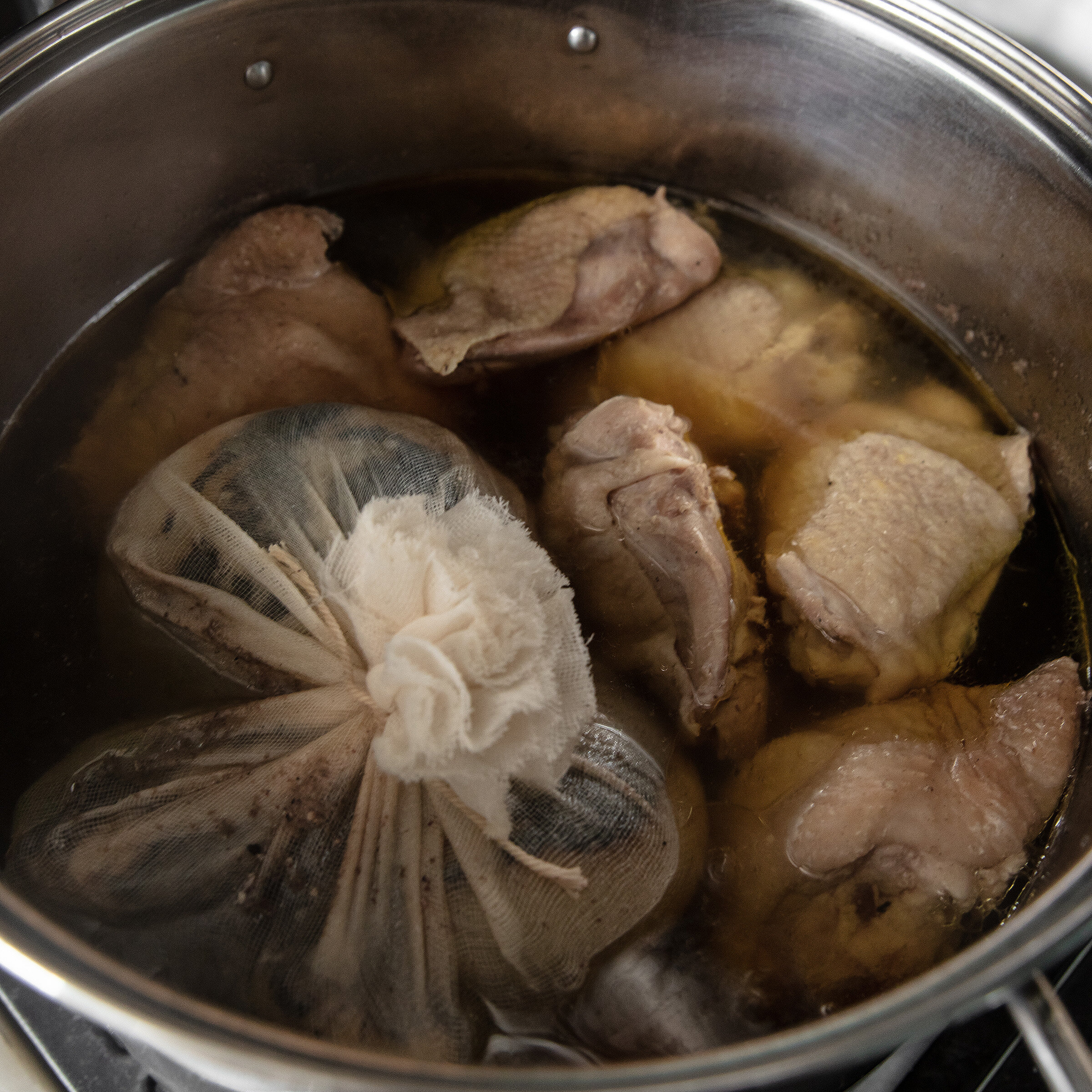I actually didn’t end up eating Vietnamese beef balls (known as bò viên) until my more recent years, thanks to the influence of my husband. It just wasn’t something that my household grew up eating with our phở, but I soon learned that making these springy and compact beef balls from scratch would elevate my phở broth and my phở experience to a whole ‘nother level. They are packed with flavor and texture, and are quite fun to eat.
Since having my baby and going through 9 months of pregnancy, I hadn’t made my special 24 hour phở since spring of 2021. Well I finally decided to make phở this past weekend. This time around, I decided, on a whim, to make beef balls using slow cooked tendon as an extra ingredient for added texture. Tendon, also known as ‘gân’, is one of my absolute favorite add ons to my beef phở. When going out to eat, not only do I order it in my phở, but I will order an extra bowl of tendon on the side. If done right, it melts in your mouth perfectly. This recipe makes adding tendon purely optional, but highly recommended.
After making my meatballs, I saved the broth used to cook them, and I added it to my pho broth base for a more complex flavor profile. Nothing is ever wasted in this kitchen!
VIETNAMESE BEEF BALLS WITH TENDON ( BÒ VIÊN GÂN )
Degree of difficulty: 3 ( on a scale of 1-5 )
Preparation time 5 minutes, approx 15-20 minutes to form the meatballs, then 15 minutes of processing
Cook Time: About 10 minutes
YOU’LL NEED
A mixing bowl
A large food processor
INGREDIENTS
2 lbs lean high quality ground beef (I prefer grass fed ground beef, but you can also go to your butcher and ask them to ground up some beef chuck or shank for you)
1 bag Alsa brand baking powder
4 TBS fish sauce
1 TSP sugar
1 TSP ground pepper
2 TBS very finely chopped garlic
1 TBS very finely chopped ginger
Optional : 1/2 cup of braised/slow cooked tendon, cut into little chunks [I cooked my tendon the day before I made my meatballs. You can use a slow cooker, simmer on low over the course of about 8 hours), or use a pressure cooker. This ingredient is optional, but recommended if you love tendon and want the extra texture.
DIRECTIONS
1. In a bowl, combine all of your ingredients, mixing well. Cover your mixture and place it in the fridge overnight to help bind the meat together.
2. When you are ready to make your meatballs the next day, remove your mixture from the fridge. Scoop some of your meat mixture into the processor, being cautious to only do a bit at a time so that you are not overworking the bowl. I would recommend filling no more than half of your food processor with meat (less is better). Process on high and stop to scrape the sides of the processing bowl as needed, and continue processing. When your mixture has the consistency of a fine paste, scoop and transfer to a large bowl, then work on processing your next batch. Continue in batches until all of the meat has been finely processed. Transfer all of your processed meat into the large bowl, and place in the freezer for a good half hour.
3. Remove the meat from the freezer, and begin forming little meatballs, using a small spoon to measure your amount each time for consistency. Place them on a parchment lined tray for easy access. Keep in mind that the meatballs will increase in size as the “puff up” as a result of the baking powder being activated in hot water. Do not worry about the meatballs being perfectly round or aesthetically beautiful, because no matter what, cooking them will make them imperfect.
4. Once the water has reached boiling point, begin placing your meatballs into the water. You will notice your meatballs rising to the top of the water after a few minutes. Once they reach the surface, let them cook for an additional 5-6 minutes before taking them out of the water. Place your meatballs in a bowl and allow to cool.
5. Serve with your phở, or in a bowl with some pho broth and fresh Vietnamese herbs.
Tip: Keep the broth water that you used to cook the meatballs and add it to your pho broth base for a more complex broth.
You can also freeze any leftover meatballs for a few months in the freezer. I like to save them for future phở meals, hotpot, or just to eat with extra broth/noodles I have. The possibilities are endless. I like to wrap them up tightly in cling wrap, and then seal them in a freezer bag for extra freshness.







